Designing Grasses into Your Garden
The ecological and aesthetic benefits of grasses and their allies
Before I even begin, does anyone else just love how bird guides always use the terminology “… and their allies,” as in, “finches and their allies”? As if the whole bird world was full of political intrigue, and the finches had best be keeping the warblers buttered up so they can remain friends in the face of the jays and THEIR allies. Frankly it’s the corvid gang I try to keep an eye on the most.
In this week’s post, I want to talk about graminoids, a.k.a. grasses and their allies. A graminoid is any herbaceous plant with a grass-like appearance: long, blade-like leaves and slender stalks. That includes grasses, sedges, and rushes, mainly. In design terms, you might also think of plants like iris, spiderwort, and yucca as grass allies, with their sword-shaped foliage.
Grasses, sedges, and rushes: What’s the difference?
Botanically, the common element of graminoids is that their meristems, or active growing points, are inside their stems. They are monocots, which means that when they sprout from seed, there is only a single cotyledon (monocot is shorthand for monocotyledon), or initial leaf, that appears. They are flowering plants, mainly pollinated by wind.
In order to distinguish among them, you may have heard a mnemonic along the lines of, “Sedges have edges; rushes are round; grasses have nodes down to the ground.” This refers to the shapes of the stems: sedges often have triangular stems; rushes have round, smooth stems, and grass stems are segmented by knobby nodes. While it’s a good rule of thumb, of course nature abhors absolutes, so it does not hold true in every case.

Each group of plants also has favored growing environments - although, again, there are plenty of exceptions to the “rules.” Rushes tend to favor moist, acidic environments. Sedges often but not always favor slightly shadier settings. Grasses dominate in open prairies, meadows, and fields with lots of sun.
While some graminoids reproduce sexually via seed dispersal, many also spread vegetatively, via rhizomes (underground stems), stolons (above ground stems), and tillers (baby grass shoots). Some are clumpers, slowly expanding outward radially, while others have a running habit and quickly spread across available space.
Ecological benefits of graminoids
Grasses dominate non-forest ecosystems like savannahs, prairies, and other grasslands. Many are perennial and while the herbaceous tops die back in winter, the crown and root systems survive and regrow the following year. The cycle of growth, die-back, and regrowth means that huge quantities of plant matter are photosynthesizing, capturing carbon, and being incorporated into the soil. In fact, although we think of forests as the main actors in carbon storage, grasslands account for about a third of the Earth’s carbon storage.1 Most of it is underground, so as long as it is left undisturbed, it is a very stable carbon sink.
In ecosystems with frequent fire regimes, grasses burn quickly but do not hold on to heat, so fire can move through quickly without wreaking as much long-term damage. Grasses don’t store as much fuel above ground and can also regenerate quickly once fire passes through.
That’s the macro-level situation. At the site level, grasses and their allies constitute an important element of many plant communities. Graminoids generally have strong, fibrous root systems, which anchor them in the ground and effectively hold soil in place. This makes them an excellent choice for stabilizing slopes and other erodible soils. If you have a site with a steep slope, plant grasses. Trees, shrubs, and even vines can also be good choices, but on the steepest slopes, grasses function best because they don’t have heavy tops that could fall over and pull up roots.
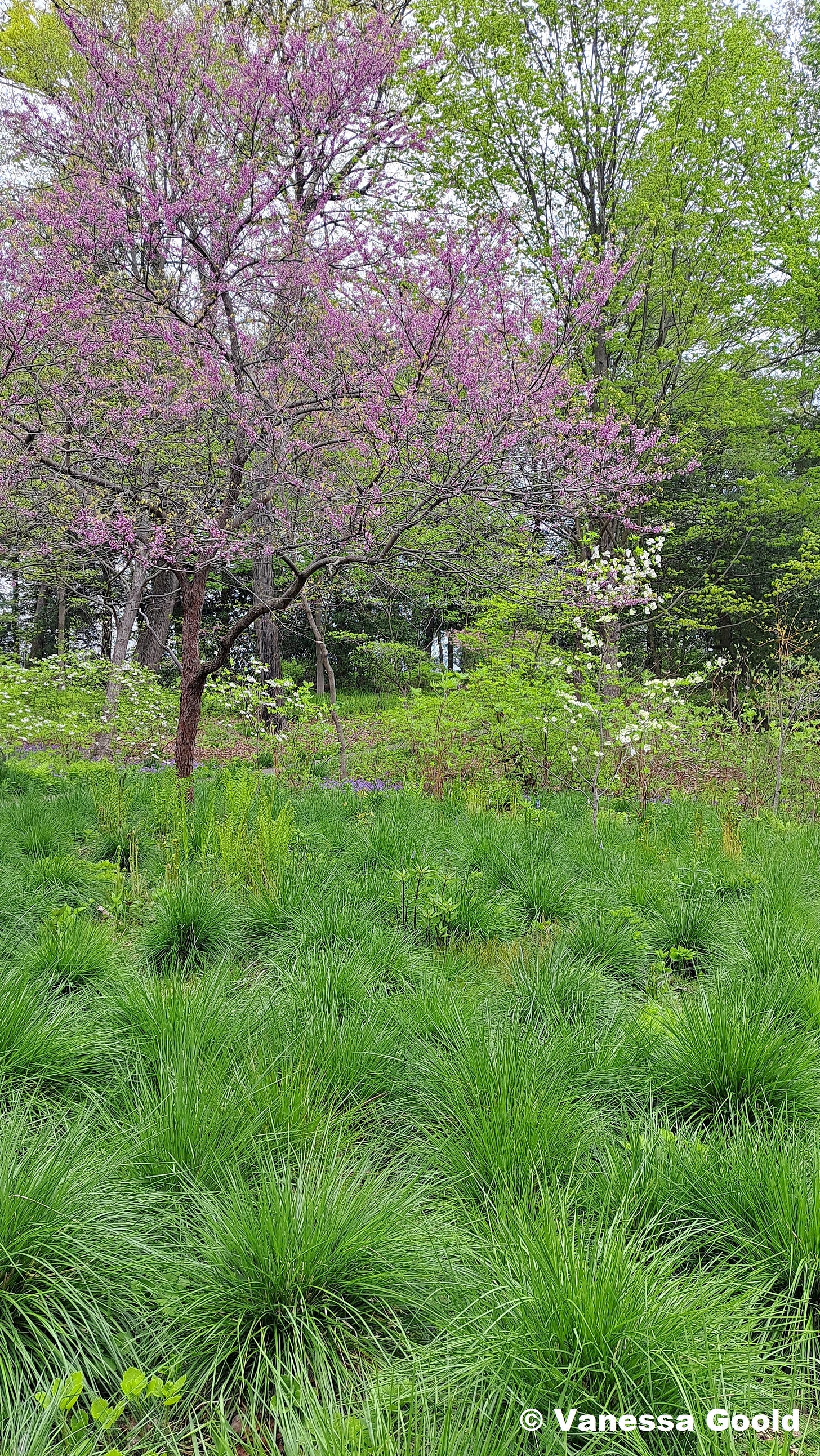
Animals depend heavily on grasses, sedges, and rushes. The dense vegetative matter produced by graminoids provides habitat for many insects, birds, and small mammals. Numerous species feed on grasses, including us! All grain crops are graminoids, from wheat to corn to oats to rice.

Incorporating graminoids in garden design
Graminoids are fascinating from a design standpoint because they can be the stars of the show, supporting actors, or form a subtle background, depending on the species and the setting. Taller, clumping species or those with interesting inflorescences can be used as anchor plants.

Planted in drifts, grasses and sedges add texture and movement to garden designs, physically supporting flowering plants and filling in space to set off pops of color:
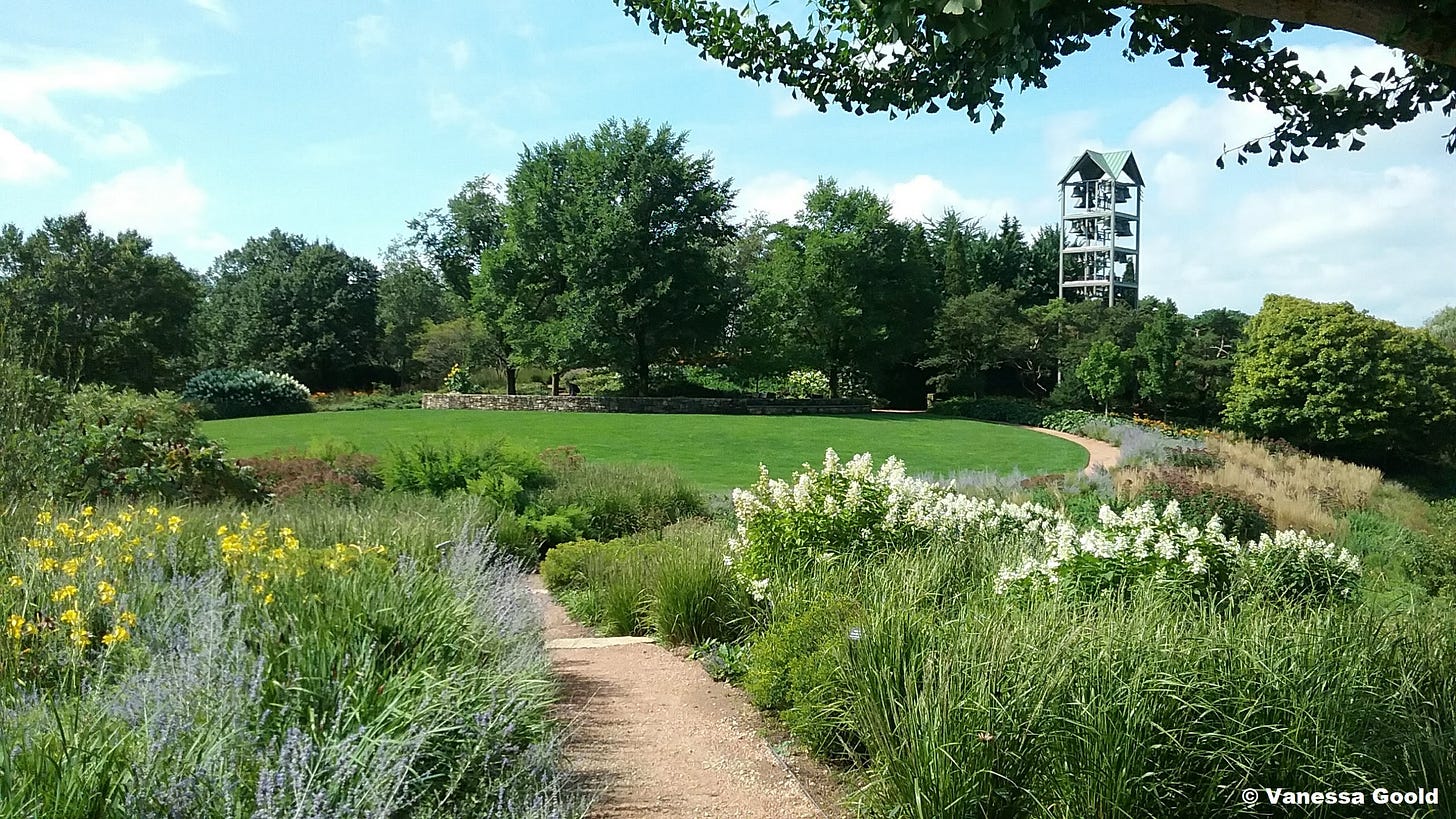
In shady woodland settings, sedges can be used for matrix species or as ground cover with tufty or flowing shapes:
There are a million and one ways to use grasses in garden design. You can even design an all-graminoid garden that employs the various characteristics mentioned here in creative ways for a dynamic, low-maintenance planting. Or use grasses to fill large areas. One of the especially great things about grasses is that they offer visual interest (not to mention cover and food sources for wildlife) across the seasons, often retaining their form and structure through the fall and winter. A field of grasses waving in the winter wind is a welcome source of movement, light, and beauty.

In eastern North America, there are many wonderful graminoids available in the nursery trade to add to your ecological garden plantings. Make sure to research their mature size and reproductive strategy - even some species that are technically bunchgrasses can spread rather aggressively in some situations, such as switchgrass (Panicum virgatum) and Indiangrass (Sorghastrum nutans).
A few favorites include:
Grasses
Little bluestem (Schizachyrium scoparium)
Prairie dropseed (Sporobolus heterolepis)
Sideoats grama (Bouteloua curtipendula)
Blue grama (Bouteloua gracilis)
Purple lovegrass (Eragrostis spectabilis)
Hair-awn muhly (Muhlenbergia capillaris)
Bottlebrush grass (Elymus hystrix)
Tufted hair grass (Deschampsia cespitosa)
Red fescue (Festuca rubra)
Sedges
Plantain-leaved sedge (Carex plantaginifolia)
Gray’s sedge (Carex grayi)
Rosy sedge (Carex rosea)
Pennsylvania sedge (Carex pensylvanica)
Palm sedge (Carex muskingumensis)
Creeping sedge (Carex laxiculmis)
Appalachian sedge (Carex appalachica)
Rushes
Soft rush (Juncus effusus)
Torreys rush (Juncus torreyi)
Path rush (Juncus tenuis)
Scouring rush (Equisetum hyemale) - not a true rush but super cool rush-like plant for wet margins
There is so much more to say about graminoids, but I’ll leave it here for now and cook up some more posts later on. What is your favorite grass, sedge, or rush? Please share your experience with them in a wildlife gardening context - how have they bolstered your own ecological gardening efforts?
Grassland soil carbon sequestration: Current understanding, challenges, and solutions. Yongfei Bai, M. Francesca Cotrufo. Science 377, 603-608(2022). DOI:10.1126/science.abo2380







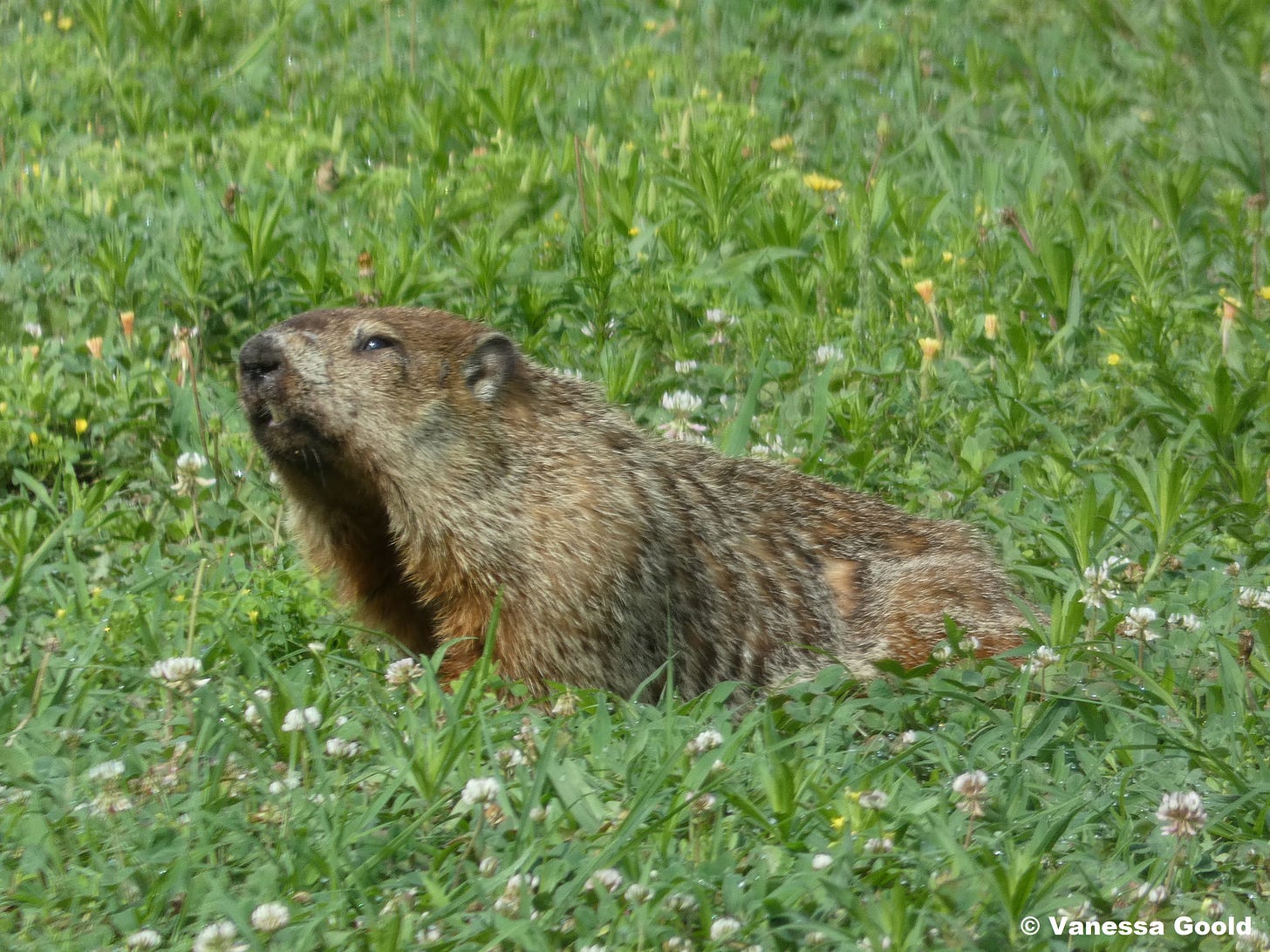

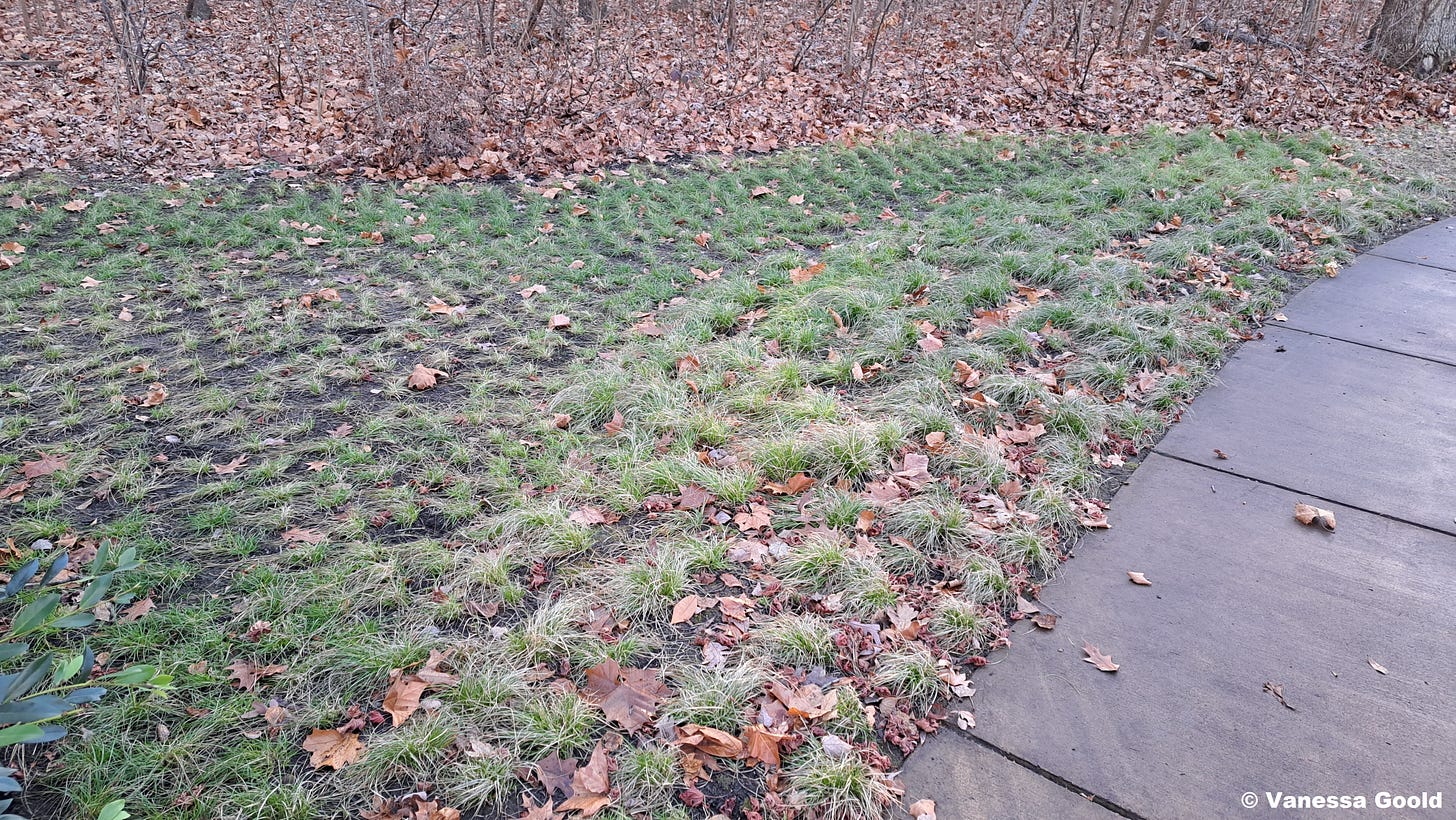


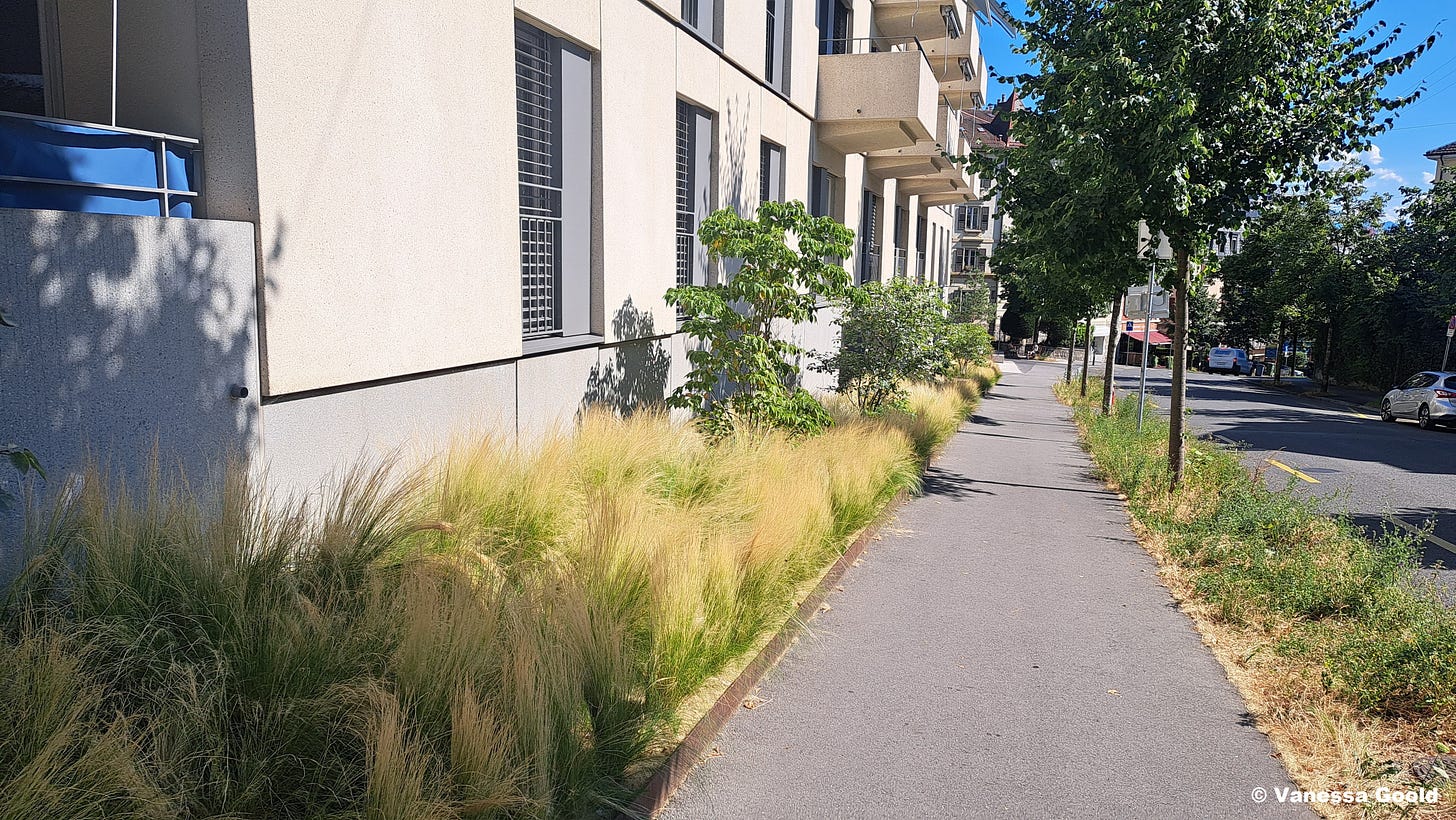
My fave is Avena Fatua, wild oats there’s something about the way the seeds dangle and move in the breeze that I find mesmerizing.
This is a great article, learned lots of new things, clearly explained, thanks for sharing, looking forwards to future adventures 🙏
Yes to this! I’m really enjoying grasses this year—something that so often goes unnoticed